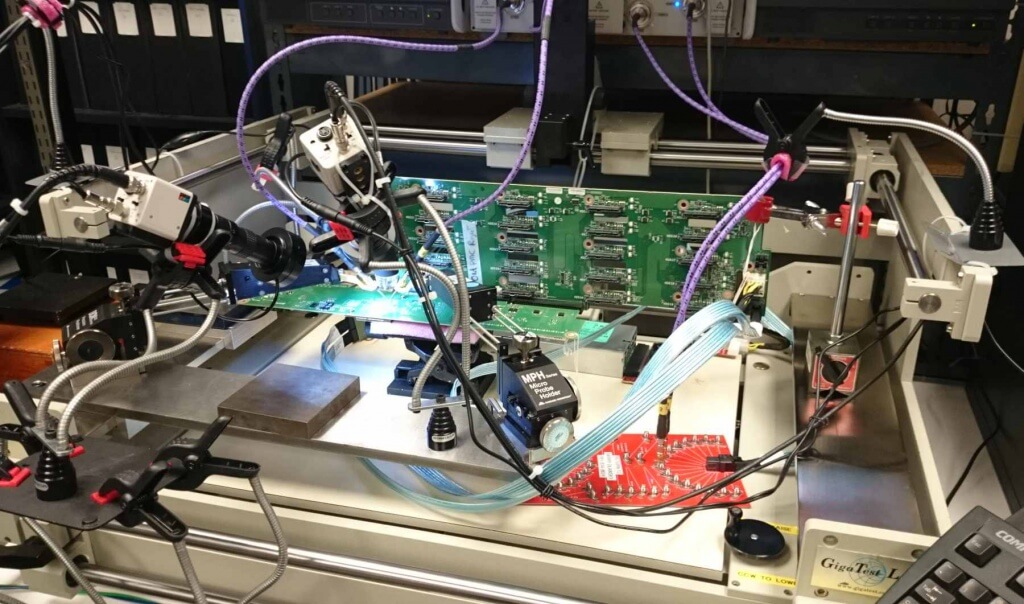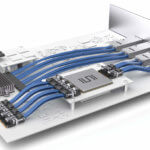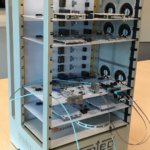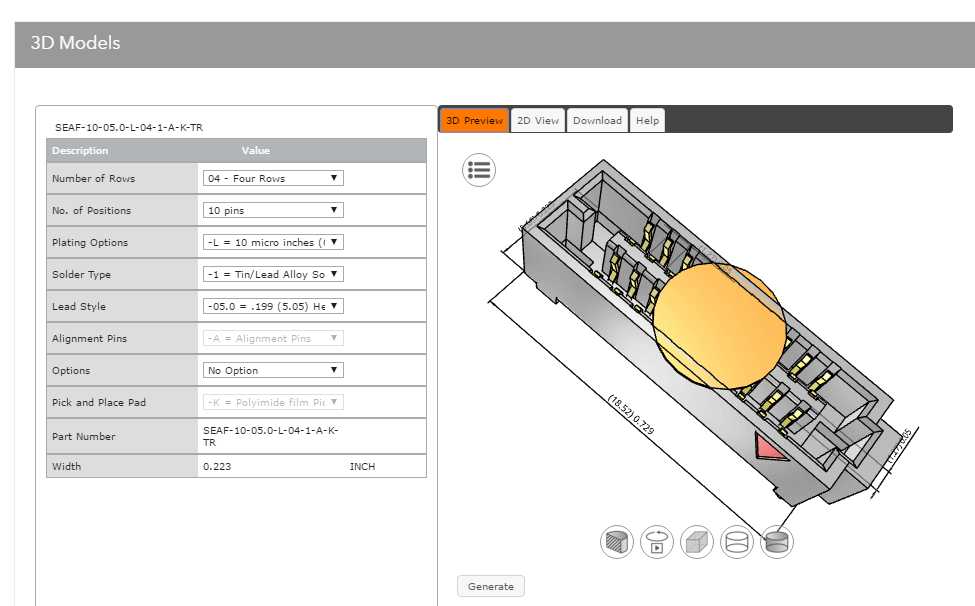Have you ever received a measured Touchstone file from a vendor and felt the data was bad…or at least it had obvious passivity issues? Have you wanted to measure PCB traces and needed to de-embed the launch effects and found your data suspect? Maybe you wondered if you should trust the measured connector data above 20 GHz as the calibration traces were not the best?
Getting high quality measured S-parameter data of embedded microwave structures is not a trivial effort, particularly above 20-30 GHz. Check out this article in EDN about a new IEEE Working Group to cover high-speed PCB measurements. The IEEE Electromagnetic Compatibility Society/Standards Development Committee has sponsored a new working group (Project Number P370: Electrical Characterization of Printed Circuit Board and Related Interconnects at Frequencies up to 50 GHz). Jim Nadolny, Samtec’s Principle Signal Integrity and EMI Engineer, is on this team, as well as representatives from Cisco, IBM, Intel, and Molex, to name a few.

Providers of signal integrity (SI) measurements of printed circuit boards as well as measurement consumers are often at a quandary as to the accuracy and integrity of the SI measurement data they create and use. What are the acceptable limits for s-parameter causality, passivity? What key criteria should be used when designing test fixtures and what design pitfalls should be avoided? How do you verify the mathematical algorithms used by software packages for de-embedding test fixtures and probes are working correctly? These are a few of the questions the P370 working group will be addressing.
The goal is to deliver the first draft of the standard by the end of 2016.


